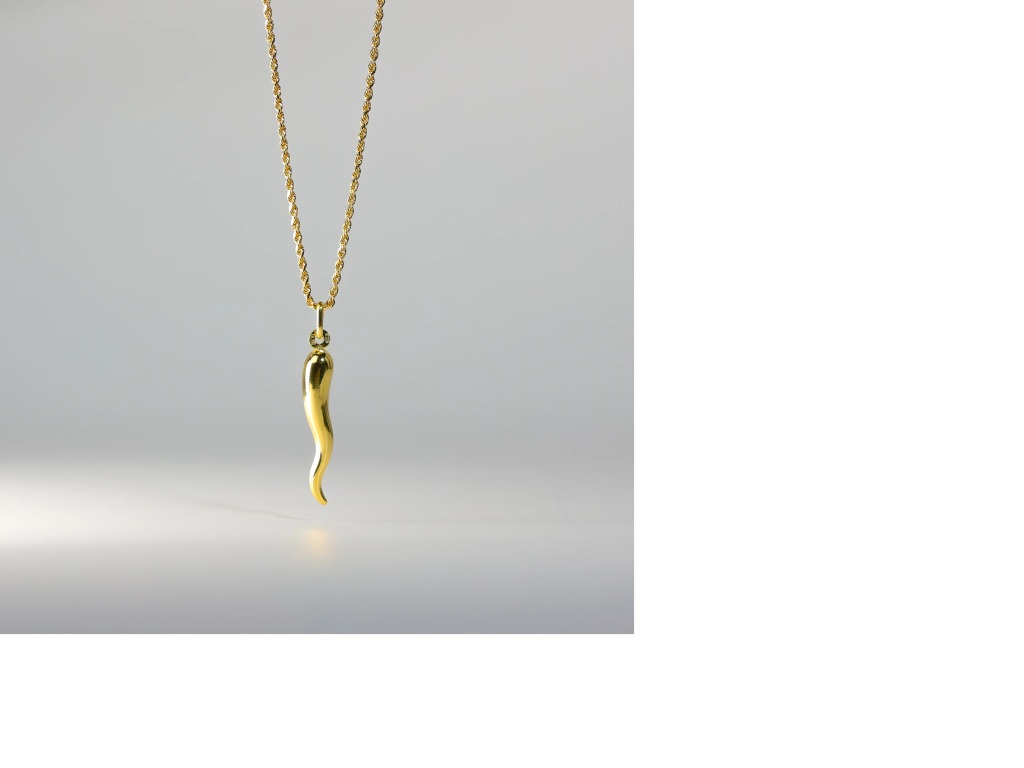
Chili peppers can be stored for years after fermentation
10 interesting facts about chili peppers
Most people are already familiar with the spiciness and aroma of chili peppers. However, there are always a few interesting facts about hot peppers
- The Scoville test was organoleptic
Wilbur Lincoln Scoville, born in 1865, was an American pharmacist best known for creating the Scoville organoleptic test. The test is now standardized and is called the Scoville scale. As a result of testing, it is necessary to make an alcoholic extract of capsaicin oil from dried peppers. The goal is to mix this extract with water until the tasters can no longer feel the spiciness. The number of Scoville units that the pepper gets depends on how much water needs to be added to the capsaicin oil solution so that the spiciness is no longer felt. For example, if the pepper has 50,000 Scoville units, it means that the capsaicin oil extract was diluted 50,000 times before the tasters no longer felt it. spiciness. Tasters only taste one sample and after that a certain amount of time must pass before they can taste again (so that the results of one tasting do not affect the other). Regardless of all that, the test is subjective because it relies on the sense of taste, which is quite imprecise in humans. The inaccuracy in the original test was somewhat reduced by the larger number of tasters, but the method was still not 100% accurate. Today, spiciness is measured in a laboratory with an HPLC device and the results of the capsaicin and dihydrocapsaicin content are converted into the Scoville scale using formulas, which is still the standard for measuring spiciness. - Trinidad Scorpion Moruga has never entered the Guinness Book of Records
Trinidad Scorpion Moruga peppers were said to be the hottest in the world, but they never entered the Guinness Book of Records because of the way the spiciness was measured. Namely, individual fruits of Trinidad Scorpion Moruga peppers reach over 2,000,000 SHU, but when taken the average of several fruits, which is actually the real results, the spiciness is about 1,200,000 SHU, which was too little for the record at that time. Carolina Reaper was the hottest pepper in the world with over 1,500,000 SHU. Rapper X is the hottest pepper in the world today. - The seeds are not the hottest part of the pepper
It is an urban legend that peppers are less hot if you remove the seeds from the peppers. Namely, the hottest part of chili peppers is the white membrane to which the seeds are attached. When removing the pits, a part of the white membrane is also removed, so it is widely believed that the spiciness is in the pits. The pits are only slightly spicy on the outside, but this is negligible considering the spiciness that is stored in the white spongy membrane. - Chili peppers come from America
More precisely, from the southern part of North America, or today’s Mexico, and from there they spread all over the world. - China produces the most chili peppers in the world.
China is the world’s largest producer of chili peppers with as much as 46.2% of the total production. China is followed by Mexico, Turkey, Indonesia and India. But given China’s size, absolute numbers may not be the best metric. The largest exporter of chili peppers in the world is India, followed by Spain and the Netherlands, which is perhaps a better indicator of the amount of cultivation per population. - Only mammals feel the heat of chili peppers
The hot pepper is a natural defense mechanism against mammals that try to eat the peppers. The danger from mammals is that they bite through and destroy the seeds with their teeth (when they eat peppers). Seeds cannot germinate later, while this does not happen in birds, so the seeds can pass through the digestive tract and germinate again later. The only problem with the whole story is that at some point people got to like the spiciness of the chili peppers and ruined their plan. 🙂 - Wasabi is spicy, but not because of capsaicin
Wasabi is a plant that grows primarily in Japan. It does not get its hotness from capsaicin (like chili peppers), but from isothiocyanates that evaporate and affect the respiratory tract more than the tongue. The spiciness of Wasabi lasts for a short time, unlike the spiciness of chili peppers. - The Bloody Mary isn’t the only drink that contains hot sauce
Some of the cocktails or shooters that contain hot sauces or peppers are: Armageddon #1, Black Bear Bite, Caesar Salad, Mexican Burning Village, Fire in the Hole, Dragons Breath, Snappy Red Beer and many others. Hot sauces are actually a very common addition. cocktails, especially in the last few years. - Since ancient times, there is a belief that chili peppers ward off evil
In the time of ancient Rome, it was believed that the figure of the phallus (or erect penis) drove away evil and brought fertility and happiness to the wearer. After the Catholic Church became stronger, the symbol of the phallus supposedly evolved into a chili pepper, as they thought it was not right to wear a penis around the neck. In Italy, there is a Cornicello, a horn-shaped talisman that actually looks a lot like a chili pepper and is said to bring good luck. - Peppers can be stored for years after fermentation
Fermentation is a process used to preserve food before modern food preservation methods (pickling in vinegar, pasteurization and preservatives) were invented. In the fermentation process of paprika, the bacteria lacto create an acidic medium and thus prevent other harmful bacteria from spoiling the ferment. If, after fermentation, the peppers are stored without access to air, they can remain in that condition for years (nothing objectionable will happen to the peppers, i.e. they remain edible).
